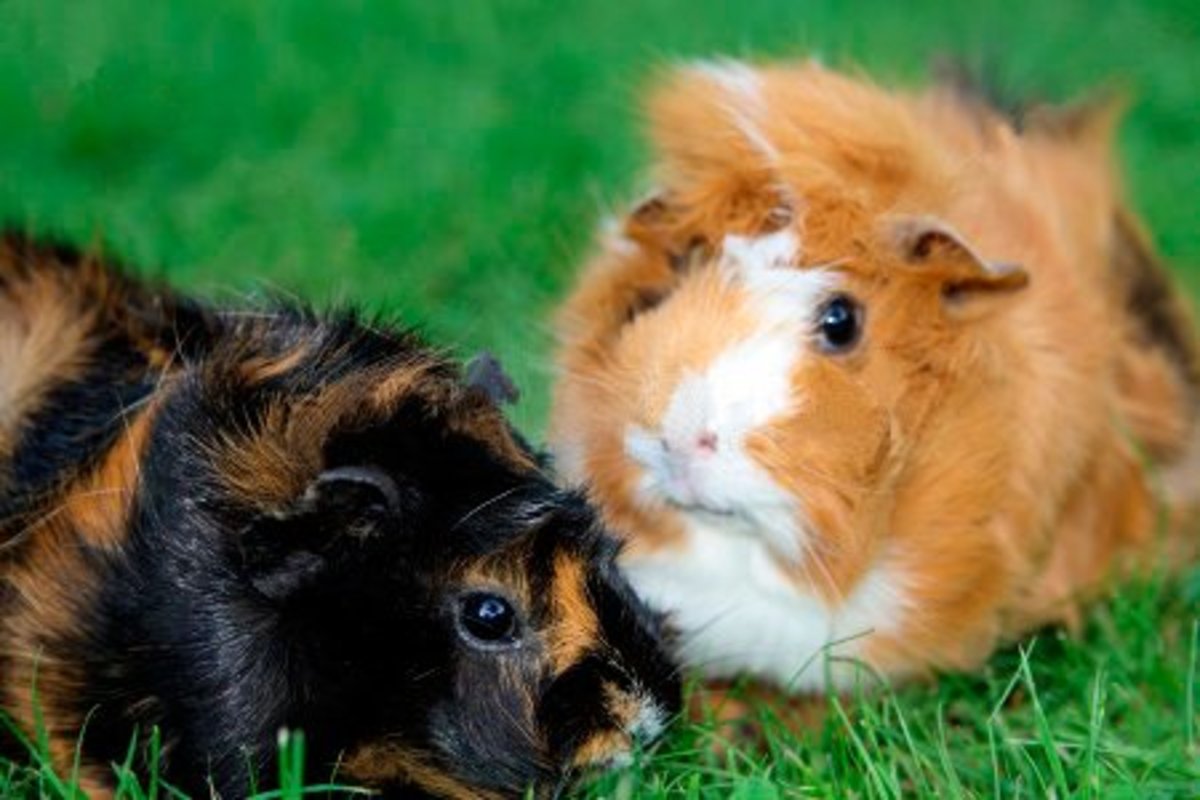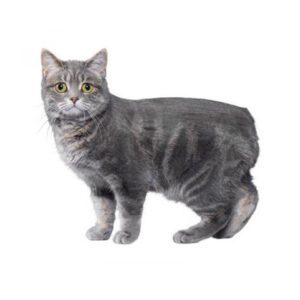Key Takeaways
-
Abyssinian Satin Guinea Pigs are a unique and affectionate pet, perfect for families and individuals alike.
-
Adopting from reputable centers or breeders is crucial for the wellbeing of the guinea pig and to ensure ethical practices.
-
The initial adoption fee for an Abyssinian Guinea Pig can range from $10 to $40, with additional costs for housing, food, and healthcare.
-
These guinea pigs are not particularly rare, but some color variations may be harder to find.
-
Abyssinian Satin Guinea Pigs enjoy social interaction and can be held, but it’s essential to handle them gently and with care.
Adopting an Abyssinian Satin Guinea Pig
When you’re ready to bring a new furry friend into your home, adopting an Abyssinian Satin Guinea Pig can be a delightful experience. These little creatures are known for their playful nature and distinctive, rosette-covered coats. Before you start, it’s important to understand the process and what to expect. Let’s dive in.

“Abyssinian Guinea Pigs: Care Guide …” from pethelpful.com and used with no modifications.
Identifying Reputable Adoption Centers and Breeders
First things first, you want to make sure you’re adopting from a reputable source. This means doing a bit of homework to find adoption centers or breeders who prioritize the health and well-being of their guinea pigs.
-
Look for centers or breeders with positive reviews and testimonials.
-
Check if they provide health records and offer post-adoption support.
-
Visit in person, if possible, to see the conditions the guinea pigs are kept in.
Remember, a trustworthy source will be transparent about their practices and happy to answer any questions you might have.
Understanding the Adoption Process
Adopting an Abyssinian Satin Guinea Pig isn’t as simple as picking one out and taking it home the same day. Responsible adoption involves several steps to ensure a good match:
-
Fill out an adoption application to provide information about your living situation and experience with pets.
-
Be prepared for an interview or home visit to ensure you can provide a suitable environment.
-
Ask questions about the guinea pig’s personality, health, and any special needs it may have.
By following these steps, you’ll be well on your way to becoming a proud guinea pig parent.
Post-Adoption Support and Resources
After you’ve adopted your new pet, it’s essential to have access to resources that will help you care for them properly. Good adoption centers or breeders will offer:
-
Guidance on setting up your guinea pig’s new home.
-
Tips on diet, exercise, and socialization.
-
Information on health care, including signs of common illnesses.
Having support after adoption is invaluable, especially if you’re a first-time guinea pig owner.
Affording an Abyssinian Satin Guinea Pig
Bringing a new pet into your life is not just an emotional decision but a financial one as well. Abyssinian Satin Guinea Pigs, like any pet, come with their own set of expenses that you’ll need to be prepared for. Let’s look at what you can expect to budget for.
Initial Adoption Costs
The first cost you’ll encounter is the adoption fee. While prices can vary, you’ll generally find that Abyssinian Satin Guinea Pigs cost between $10 to $40. This fee often contributes to the care the animal received before adoption, such as health checks and vaccinations.
Ongoing Care Expenses
After the initial adoption, you’ll need to consider the day-to-day expenses. These include:
-
Housing: A proper cage or habitat can cost anywhere from $50 to $100.
-
Food: High-quality guinea pig pellets, hay, and fresh vegetables will run about $20 to $40 per month.
-
Bedding: Absorbent and comfortable bedding is a must, averaging $10 to $30 monthly.
Keep in mind, these are just the basics. Toys, treats, and grooming supplies will add to the total.
Planning for Unexpected Health Issues
Despite your best efforts, your guinea pig may face health issues. Setting aside a small fund for veterinary visits is wise, as an emergency visit can cost upwards of $100, not including medication or treatment costs.
The Rarity of Abyssinian Satin Guinea Pigs
Abyssinian Satin Guinea Pigs are a sought-after breed, known for their distinctive fur and engaging personalities. But just how rare are they?
Understanding Breed Popularity
While Abyssinian Guinea Pigs are fairly common, the Satin variety, with its shiny coat, is less so. Their popularity can often make them harder to find, but they are not considered a rare breed.
Most importantly, popularity shouldn’t be the sole reason for choosing a breed. The best pet is one whose needs you can meet and whose personality fits with your lifestyle.
Sourcing Rare Varieties and Colorations
If you’re looking for a specific coloration or variety of Abyssinian Satin Guinea Pig, it may take some patience. Reach out to specialized breeders or guinea pig shows, as they often have a wider range of options available.
Interacting with Your Guinea Pig
Abyssinian Satin Guinea Pigs are not just adorable; they’re also known for their love of interaction. Understanding their social needs is key to a happy and healthy pet.
Do Abyssinian Satin Guinea Pigs Enjoy Being Held?
Yes, they generally do enjoy being held. However, it’s essential to approach them calmly and handle them gently to build trust. Start with short sessions and gradually increase the time as they become more comfortable with you.
Socialization and Bonding Tips
Creating a strong bond with your guinea pig involves regular, gentle interaction. Here are some tips:
-
Speak softly to your guinea pig to get them used to your voice.
-
Hand-feed them treats to build trust.
-
Let them explore a safe, guinea pig-proofed area of your home under supervision.
Remember, bonding takes time, but with patience, your guinea pig will soon see you as a trusted friend.
Abyssinian vs. Abyssinian Satin Guinea Pigs
Understanding the difference between Abyssinian and Abyssinian Satin Guinea Pigs is essential for prospective pet owners. While they share many traits, there are key distinctions to be aware of.
Coat Qualities and Distinctions
The most noticeable difference is their coat. Abyssinian Guinea Pigs have a rough, rosette-patterned coat, while the Abyssinian Satin variety has a shinier, silkier texture due to a recessive gene. This makes the Satin’s fur appear glossier and can add an elegant sheen that is quite eye-catching.
A Care Guide for Each Breed
Both breeds require regular grooming, but the Satin’s coat may need a bit more attention to maintain its luster. It’s also important to be gentle during grooming sessions to avoid damaging their delicate skin.
Besides that, provide them with a diet rich in fiber, like hay, and supplement with fresh vegetables and guinea pig pellets. Ensure they have plenty of space to exercise and explore, as both breeds are active and enjoy stimulation.
Frequently Asked Questions
Let’s address some of the most common questions potential and current Abyssinian Satin Guinea Pig owners may have.
Can Abyssinian Satin Guinea Pigs Live with Other Breeds?
Yes, they can live with other breeds, but introductions should be done carefully to ensure compatibility. Monitor their interactions closely at first to prevent any aggressive behavior.
How Long Do Abyssinian Satin Guinea Pigs Typically Live?
With proper care, these guinea pigs can live for 5 to 7 years, sometimes even longer. A balanced diet, regular veterinary check-ups, and a clean, safe environment contribute to their longevity.
What Kind of Habitat is Best for an Abyssinian Satin Guinea Pig?
A spacious cage with room for exercise, hiding spots, and chew toys is ideal. Bedding should be soft and absorbent to keep them comfortable and help maintain cleanliness.
Are There Specific Health Concerns Associated with Abyssinian Satin Guinea Pigs?
Like all guinea pigs, they are prone to certain health issues such as vitamin C deficiency, respiratory infections, and dental problems. The Satin variant may also be more susceptible to osteodystrophy, so regular veterinary check-ups are crucial.
What Should I Feed My Abyssinian Satin Guinea Pig?
A healthy diet for an Abyssinian Satin Guinea Pig should include:
-
Unlimited Timothy hay for digestive and dental health.
-
Guinea pig pellets fortified with vitamin C.
-
A variety of fresh vegetables like bell peppers, romaine lettuce, and carrots.
-
Occasional treats such as fruits in moderation.
Always provide fresh, clean water and avoid foods that are toxic to guinea pigs, such as onions, garlic, and certain plants.
In conclusion, adopting an Abyssinian or Abyssinian Satin Guinea Pig can be a rewarding experience filled with years of companionship and joy. Remember, responsible pet ownership starts with education and a commitment to provide the best care possible. With the right preparation and knowledge, you’ll be well-equipped to welcome one of these charming pets into your life.


